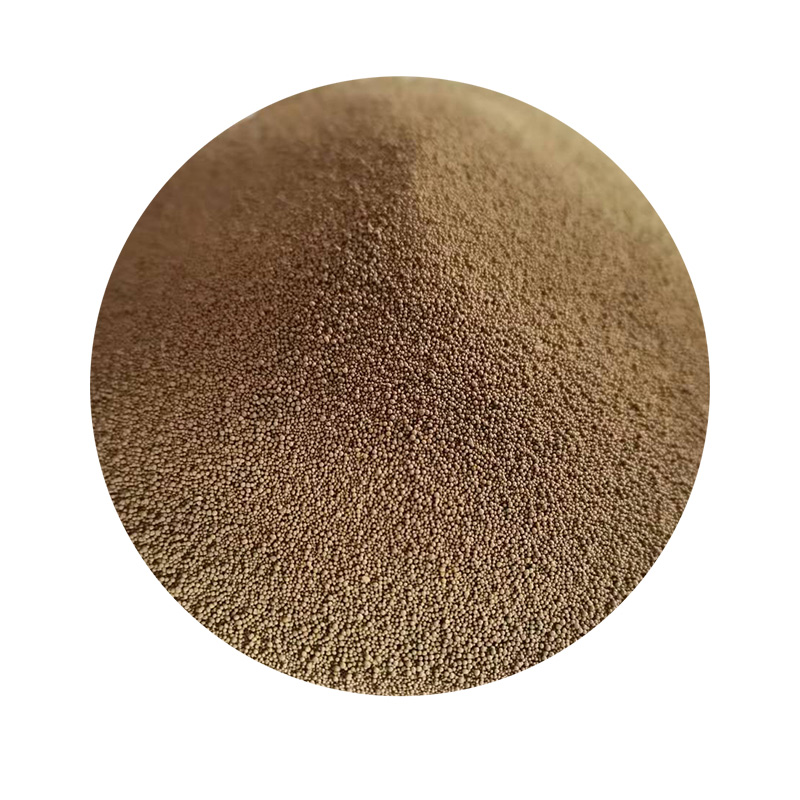Lost Foam Casting Method An Overview
Lost foam casting (LFC) is an innovative and efficient casting technique that has gained popularity in various industries for its ability to produce complex shapes with high precision. This process stands out among traditional casting methods due to its unique approach, which utilizes a foam pattern that is evaporated during casting. In this article, we will explore the principles, processes, advantages, and applications of the lost foam casting method.
Principles of Lost Foam Casting
The lost foam casting method operates on a simple yet effective principle. Instead of using a solid metal mold, it employs a pattern made from a foam material, commonly polystyrene. The foam pattern is created in the shape of the desired final product, and it is coated with a thin layer of refractory material to help withstand the molten metal. Once the pattern is prepared, it is placed in a sand mold.
When molten metal is poured into the mold, it comes into contact with the foam pattern, which evaporates almost instantaneously due to the extreme heat. This process creates a void that is filled by the molten metal, effectively replacing the foam with metal. As the liquid metal solidifies, it takes on the exact shape of the foam pattern, resulting in a high-fidelity replica of the original design.
The Lost Foam Casting Process
The lost foam casting process can be broken down into several key stages
1. Pattern Creation The first step involves creating the foam pattern, often through processes such as molding or CNC machining. The design is crucial, as the surface finish and accuracy of the final product largely depend on the quality of the foam pattern.
2. Coating The foam pattern is then coated with a layer of refractory material, usually a mixture of fine sand and binding agents. This coating provides insulation and prevents the molten metal from reacting with the foam.
3. Mold Assembly The coated foam patterns are then placed in a mold box filled with sand. The sand is typically compacted to provide support and stability during the casting process.
4. Metal Pouring Molten metal is poured into the mold. The heat from the metal causes the foam to vaporize, leaving behind a cavity that takes the shape of the foam pattern.
5. Cooling and Finishing Once the metal has cooled and solidified, the mold is disassembled, and the final casting is removed. Additional finishing processes, such as machining or coating, may be required to achieve the desired surface quality and tolerances.
Advantages of Lost Foam Casting
lost foam casting method

Lost foam casting offers numerous advantages over traditional casting methods. Some of the most notable benefits include
- Complex Geometries This method allows for the production of intricate designs that may be challenging or impossible to achieve with traditional molds. The freedom of design enables more innovative product development.
- Minimal Scrap As the foam pattern is entirely replaced by metal, there is little to no waste material in the process, contributing to environmental sustainability and cost-effectiveness.
- Improved Surface Finish The lost foam process typically yields a superior surface finish compared to many other casting methods, reducing the need for extensive machining operations.
- Rapid Production The foam patterns can be produced quickly and easily, allowing for faster turnaround times for prototypes and production runs.
Applications of Lost Foam Casting
Lost foam casting is used across various industries, including automotive, aerospace, and artistic applications. Some common applications include
- Automotive Components This method is widely utilized for producing engine blocks, cylinder heads, and intricate automotive parts that require precise specifications.
- Aerospace Components The aerospace industry benefits from the ability to produce lightweight, complex components that can withstand extreme conditions.
- Art and Sculpture Artists and sculptors have also embraced lost foam casting for creating detailed sculptures and art pieces.
Conclusion
The lost foam casting method represents a significant advancement in casting technology. Its ability to produce complex geometries, minimize waste, and deliver high-quality finishes makes it an attractive option for a myriad of applications. As industries continue to seek innovative solutions for manufacturing challenges, lost foam casting is likely to play an increasingly prominent role in shaping the future of production.
Post time:ធ្នូ . 10, 2024 12:22
Next:advantage of sand casting
